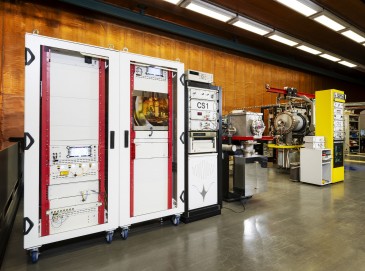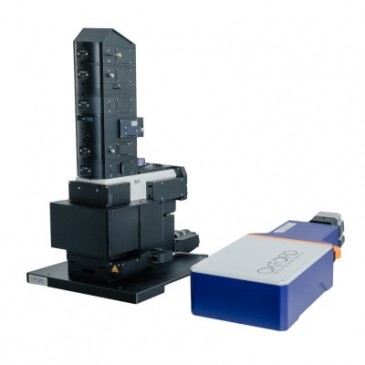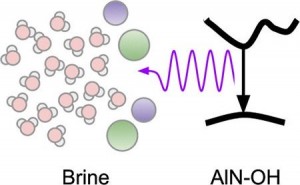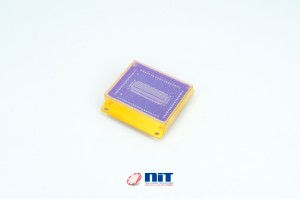
Scientists at the University of California, Irvine (UC Irvine; US) may have discovered a previously unknown subatomic particle that could indicate a fifth force of nature and be key to understanding dark matter in the universe.
“The subatomic particle, which we call the ‘X boson’ is a particle that appears to transmit a very short-range interaction, about the size of a nucleus itself,” reports Timothy Tait, professor of physics and astronomy at UC Irvine and co-author of the paper “Protophobic Fifth-Force Interpretation of the Observed Anomaly in 8Be Nuclear Transitions,” published in Physical Review Letter. He further adds that the particle interacts with electrons and neutrons, though, unlike the electromagnetic interaction, it does not appear to interact with protons. The subatomic particle has a mass of about 17 MeV, which is about 10^(-29) kg in conventional units and ca. 30 times more than the mass of the electron and about one-fifth the massof the proton.
This discovery, experts in the field say, could be revolutionary. The subatomic particle may, in fact, be evidence of a fifth fundamental force of nature, Tait confirms: “In a quantum field theory (our best theory to describe the physics of the smallest energy scales), all fundamental building blocks of nature are fields of force,” the professor notes. “The tiny quantum mechanical ripples, or waves, moving in that field appear as little bunches of energy, which we perceives as particles. In this case, we can infer the properties of the associated fifth force from the properties of the X boson particle.

Shifting scientific paradigms
The professor goes on to explain why the discovery of this X boson could shift scientific paradigms: “We have a theory — the Standard Model of Particle Physics — which describes the vast majority of the phenomena that we see around us,” says Tait. Thus, it becomes evident that adding a new ingredient will urge scientists to revisit this model so they can understand how to include a fifth force. “It may also shed light on some of the mysteries the Standard Model doesn’t address, such as the mysterious dark matter that fills the Universe and holds the galaxies together,” adds Tait.
Regardless, he cautions that it is “really too early” to tell what the potential impact on the future of light-based technologies will be, in particular. “When we find a new building block of nature, the first thing is to understand how it works,” Tait says. “Then the process of figuring out what to do with it takes a much longer time.”
Independent evidence
Now that Tait and his collaborators are onto it, what is their number one pressing question about the new subatomic particle and its role in the universe? “I think the first step will be to see it confirmed by an independent experiment,” the professor says. “That will give us a lot more confidence that it is real, and not some experimental fluke.” He says there are many teams all around the world who are experimenting and trying to figure out how to test for the particle. “Once we see it in different processes, that will also help us pin down its properties and understand better how it fits into the big picture,” Tait says.
And that is precisely his next step in this research endeavor. He plans to collaborate with some of the experimental teams that are working on confirm the particle’s existence by predicting for what their apparatus could hope to observe.
Written by Sandra Henderson, Research Editor, Novus Light Technologies today







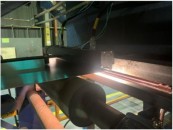





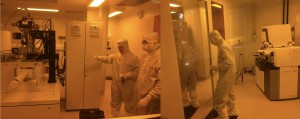



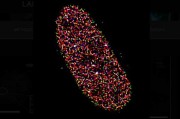





 Back to Features
Back to Features
